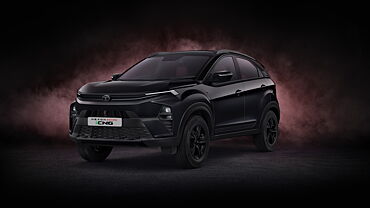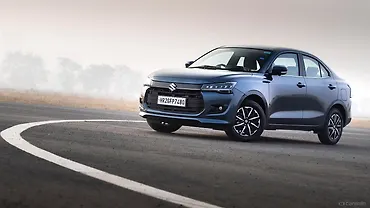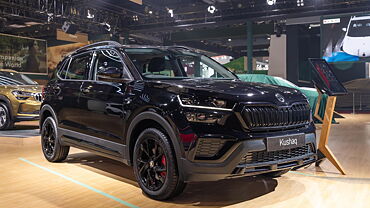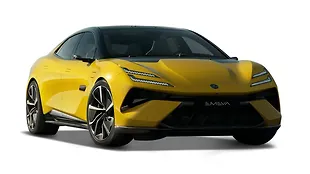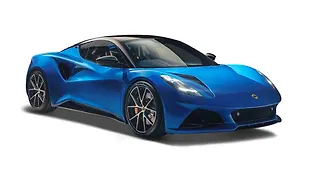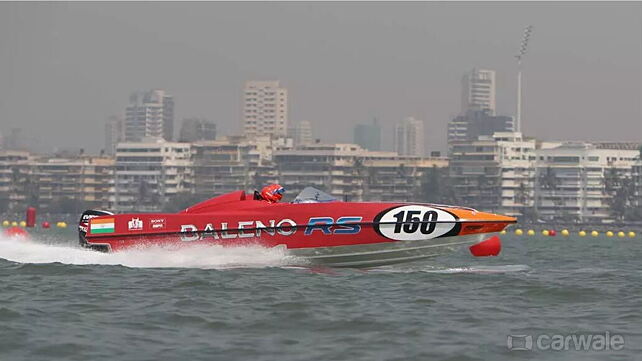
The city of Mumbai will witness the spectacle of powerboat racing this weekend. For the shores of Queen’s Necklace will be the venue of the Indian leg of a global powerboat racing series called the Nexa P1 Powerboat Indian Grand Prix of the Seas. The event is managed and promoted by Procam International under the guidance of Union Internationale Motonautique (UIM) and P1 Global. This one of a kind motorsport event features the best P1 SuperStock racers from Asia, Europe and the US. Here is everything you need to know about the NEXA P1 Powerboat Indian Grand Prix of the Seas.
The Championship

The competition consists of six teams. Each team consists of two boats, manned by a pilot and navigator, along a tailor-made racetrack on water. The first round on Day 1 kicks off with a Time Trial to determine the start position for Race 1 on Day 2. The fastest qualifying lap boat will start at pole position. Winning Race 1 will earn the boat 20 points while the second and third boats earn 17 and 15 points respectively and subsequent position earns one less point than the previous. Then the grid position is reversed for Race 2, collecting points in the same points system as in Race 1. The boats with the highest cumulative points from Race 1 and 2 on Saturday, will determine the start grid for the Finale. Race 1 and 2 will last for 15 laps, with two mandatory Pit Laps. The Grand Finale is raced over 20 laps, including three Pit Laps.
Indian Heroes

Partaking the event will be two Indian-bred pilots, the Dakar hotshot C.S. Santosh and Rally ace Gaurav Gill. Both the motorsport legends from our country are from different honours and participating in a racing boat without brakes seems to be challenging task they are willing to tackle. Both are trained by seven-time World Champion Neil Holmes. Gaurav Gill will be taking charge of Boat B from Team Ultra Sharks, whereas C.S Santosh will be piloting Team Baleno RS Booster Jets’ Boat B.

The Circuit
The 5.2km long track is accentuated with long back straight and a tight sequence of corners. Racing on land is completely different than racing on water. The track is unpredictable, erratic and changes its nature with every single lap

For instance, if the first lap would be over jarring swells, the next lap could be on flat waters. There is no perfect racing line to follow, as on land, with no familiarising yourself making every lap a new challenge. Then there is the ‘wake’. A wake is the track of waves left behind a boat moving ahead. So when there’s drafting advantage while racing on land, the pilots have to be watchful of the wake so as to not get trap in the turmoil and loose speed, control and time amidst the ‘wake’.
The Machine

All the teams will be participating in identical P1 Panther Powerboats. The boat is powered by a 250hp BRP Evinrude engine which enables it to reach a top speed of up to 60.82Knots (112.3kmph) on water, which translates to twice that speed on land. The Panther weights 1610kg and is 28feet long. It is made up of composite material by the lamination process with vinylster resin. It has a low centre of gravity enabling it race in just six feet of water. It adheres to EU, CE, EPA, and CARB standard certifications with low emissions. What’s interesting is it’s easy to be driven for anyone and the removable cowl making it a four-seater for a leisure drive.







